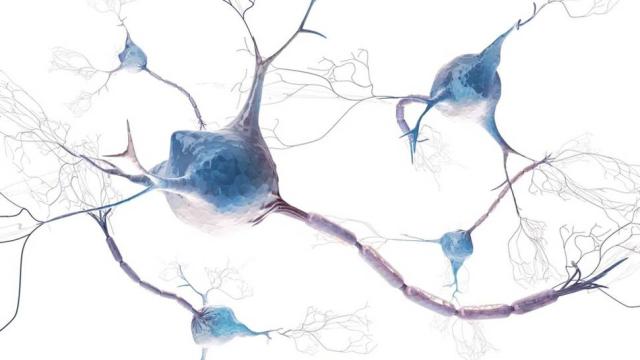Last year, a promising trial of a new antibody treatment was shown to totally stop cognitive decline in four Alzheimer’s patients over the course of three years, giving researchers hope that the disease could be slowed or even cured. This year, it was expanded into a double-blind placebo test and administered to nearly 100 times more Alzheimer’s patients. It proved ineffective. Goddammit.
The failed study was announced yesterday by Baxter, and it did not show any difference between placebo patients and those given the drug. It follows two other studies — and huge disappointments — from last year that tried and failed to attack amyloid protein (amyloid plaques and tau protein both need to be present in the brain for a positive diagnosis).
An estimated 320,000 people in Australia and 35 million worldwide suffer from Alzheimer’s. Those numbers are only expected to rise with the ageing population, as the risk of Alzheimer’s doubles every five years after the age of 65. We need to figure something out soon.
Despite the recent disappointing results, there are some other promising studies out there too. Simply getting enough sleep might reap benefits down the road, or taking a pill to chemically enlargen a part of your brain that shrinks in patients with dementia or clinical depression could help. Pacemaker-like implants have even been looked at, and are promising. But we still don’t know what’s going wrong in these studies.
It might be that scientists need to look elsewhere, away from just amyloid protein. Maybe tau, which is instrumental in the cognitive mess made of NFL players’ brains, will be looked at more closely soon. Maybe a type of blocking agent for both, or something else. It’s hard to say, because all we’re looking at for now is a bunch of failed attempts, on patients who might even be too far along with the disease to help. By the time symptoms begin to show, the disease could be more aggressive and harder to control. We just don’t know.
There are some promising advancements in diagnosing the disease — the UCLA-developed FDDNP[18] PET scan marker that attaches to both tau and amyloid, for instance — but they are still prohibitively expensive for anyone not experiencing any symptoms. There are other types of tests for brain disease, like computerised cognitive testing, but all require symptoms to begin to manifest, which may be too late.
Look, this is just how science works, and the last thing I want to express is the kind of “Try harder, jerks” sentiment that comes up in discussions about for-now incurable diseases. Science tried something, and it didn’t work. That’s OK. Soon, it will try something else, and that might succeed where everything else has not, or it could be that it won’t. It won’t stop trying; Sisyphus will get that damn boulder on top of that hill. But, for now, we don’t have it, and that’s terribly disappointing. It’s OK to just say that this sucks. [Technology Review]
